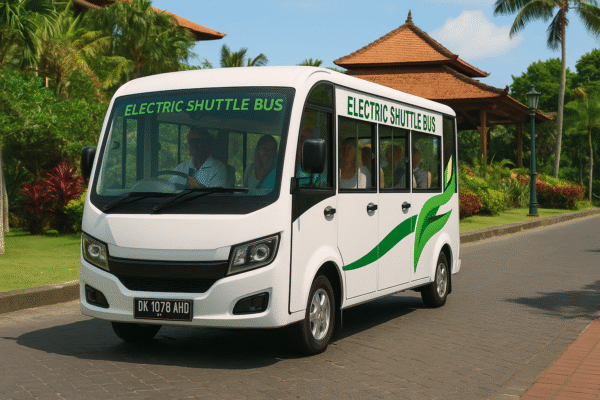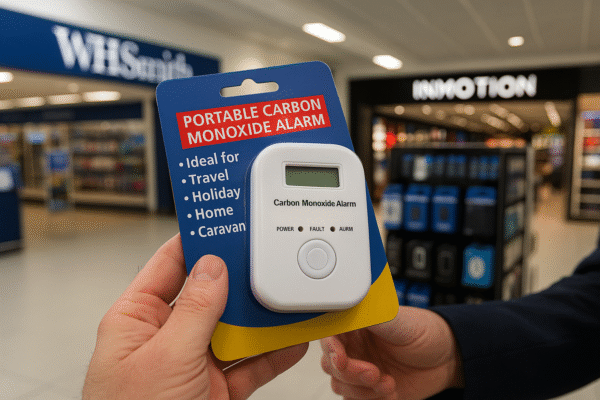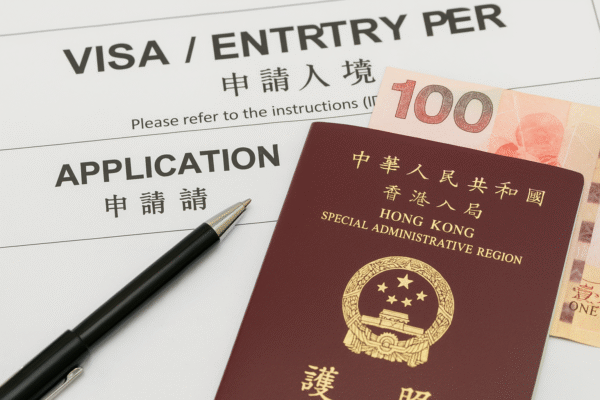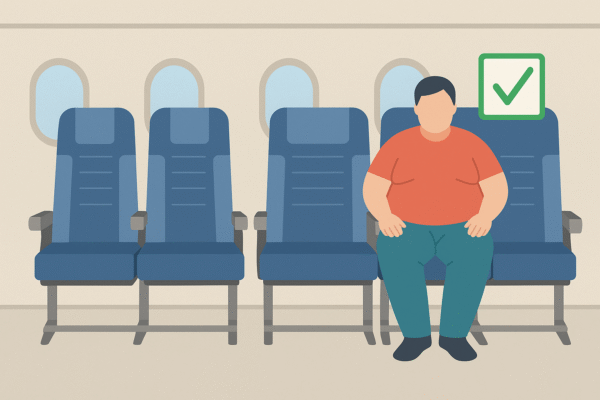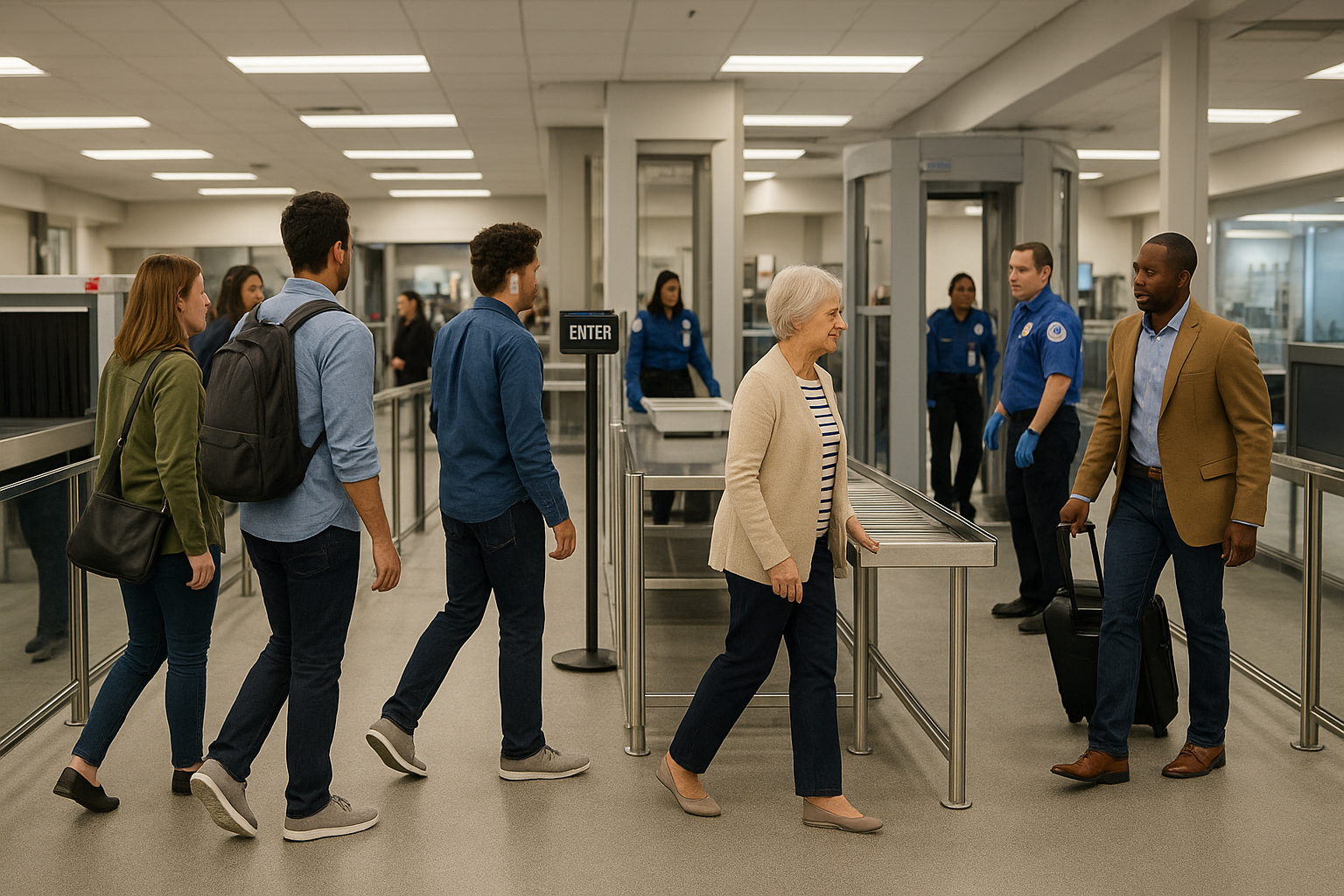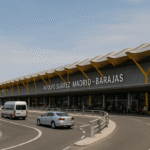Canada Follows TSA Lead: No More Shoe Removal at U.S. Preclearance Airports
In a major step toward modernizing airport security and enhancing cross-border travel convenience, Canada has formally eliminated the requirement for passengers to remove their shoes at U.S. preclearance checkpoints in Canadian airports. The move aligns Canada with recent policy changes announced by the U.S. Transportation Security Administration (TSA), signaling a cooperative effort between Transport Canada and the TSA to harmonize airport screening procedures across North America.
The change, which went into effect in early July 2025, applies specifically to passengers traveling from Canadian airports that feature U.S. preclearance facilities. These facilities allow travelers to complete U.S. customs and immigration procedures before boarding, effectively streamlining arrival in the United States.
A New Era for Cross-Border Travel
Announced on July 8 by the TSA, the U.S. decision to eliminate mandatory shoe removal for passengers undergoing screening at domestic airports reflects a growing trend toward more intelligent, less intrusive security measures. Canada’s swift adoption of this policy at U.S. preclearance sites — including Toronto Pearson, Vancouver International, Montreal-Trudeau, Calgary, Edmonton, Winnipeg, Halifax, and Ottawa airports — underscores the strong bilateral commitment to passenger efficiency and enhanced screening technology.
This harmonized approach means that travelers boarding U.S.-bound flights from Canadian preclearance airports no longer need to remove their footwear at security checkpoints, provided no additional risk indicators are present.
Who Benefits?
The shift is especially welcomed by families with young children, elderly passengers, individuals with mobility issues, and frequent business travelers who rely on preclearance hubs for faster processing. Travelers on tight connections will also experience reduced delays at security lines, allowing for a more relaxed pre-boarding experience.
Importantly, the updated policy applies only to passengers flying from Canada directly into the U.S. through designated preclearance facilities. Domestic Canadian flights and international routes to other countries remain governed by existing Canadian Air Transport Security Authority (CATSA) rules — which have never mandated blanket shoe removal for screening.
U.S.-Canada Aviation Cooperation Deepens
According to Transport Canada, the policy change is part of broader efforts to modernize and synchronize aviation security operations with U.S. counterparts. These efforts include collaborative investments in emerging screening technologies, artificial intelligence, and advanced imaging systems capable of identifying prohibited items without requiring passengers to remove footwear or other personal clothing.
As confirmed by the Canadian government, the adoption of the TSA’s revised procedure supports Transport Canada’s commitment to both security and passenger experience. “This is a progressive step toward creating a more seamless and traveller-friendly airport experience, while maintaining the highest standards of safety,” said a Transport Canada spokesperson.
The 2015 U.S.-Canada Preclearance Agreement — formalized through the Beyond the Border Action Plan — laid the groundwork for such harmonization. It enables both countries to mutually expand the scope of preclearance operations and update airport protocols based on shared security intelligence and traveler behavior analysis.
NEXUS Members Included in Change
While the TSA and Transport Canada have not issued separate guidance for NEXUS travelers — those pre-approved through trusted traveler programs — it is widely understood that they too will benefit from the new no-shoe-removal rule at U.S. preclearance lanes. Given their expedited processing status and biometric-based screening, NEXUS members already undergo minimal procedural friction. The updated shoe policy further reduces inconvenience for these frequent cross-border commuters.
Technology at the Forefront of the Shift
Behind this policy evolution is a growing global shift toward advanced threat detection technologies. Next-generation computed tomography (CT) scanners, AI-based behavioral threat assessment systems, and biometric verification tools are now being installed at airports across both countries. These technologies offer precise, non-invasive screening capabilities, helping to identify risks without resorting to time-consuming and uncomfortable physical procedures.
Canada’s participation in international aviation forums, such as the International Civil Aviation Organization (ICAO), ensures that its policies remain in alignment with global best practices in passenger screening and safety. Transport Canada has pledged continued investment in infrastructure upgrades and innovation to ensure the country remains at the forefront of aviation safety and efficiency.
A Win for Canadian Tourism and Business Travel
The policy update is not just a win for security — it’s also a boost for Canada’s tourism and trade ties with the United States. As one of the world’s busiest bilateral travel corridors, the Canada-U.S. air route supports millions of travelers each year. Faster, less stressful screening procedures can enhance the overall traveler experience, encourage repeat visits, and improve business connectivity between the two nations.
What’s Next?
Experts predict the shoe removal reform is just the beginning of more cross-border standardizations. Future enhancements may include greater use of biometric clearance, electronic travel verification, and AI-driven risk analysis — all aiming to minimize friction while preserving robust aviation security.
The shared move by the TSA and Transport Canada to eliminate mandatory shoe removal marks a symbolic yet substantial shift in the way North America approaches airport screening. As more travelers return to the skies in the post-pandemic era, these reforms reflect a commitment to innovation, comfort, and collaboration.
For more travel news like this, keep reading Global Travel Wire


